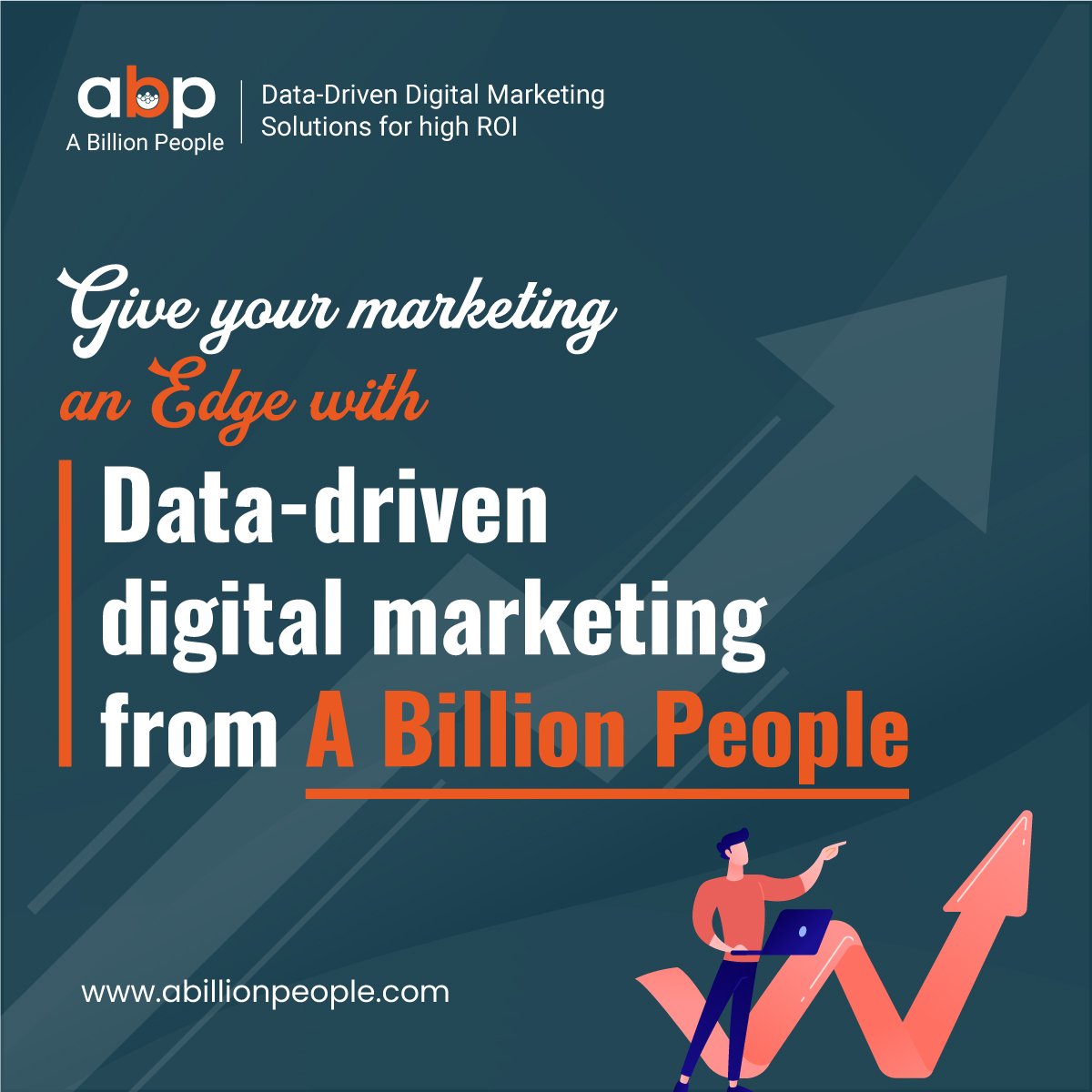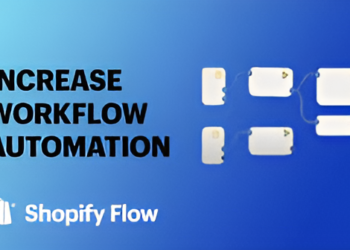“Customer engagement is the ongoing interactions between company and customer, offered by the company, chosen by the customer.” – Paul Greenberg
Introduction
In the dynamic landscape of modern commerce, the relationship between businesses and customers is evolving at a breakneck pace. Companies can no longer rely solely on traditional sales tactics or static customer service approaches. Instead, they must actively engage with their customers in meaningful ways to foster loyalty, boost satisfaction, and drive sales. Technology has emerged as the linchpin of this transformation, offering innovative solutions that allow businesses to connect with their customers more effectively and efficiently than ever before.
This blog explores the multifaceted role of technology in enhancing customer engagement in sales. We will delve into various technological tools and strategies that businesses can harness to create more personalized, responsive, and impactful interactions with their customers. From data-driven insights to immersive experiences, the integration of tech in customer engagement is reshaping the sales landscape and setting new standards for customer satisfaction.
1. Personalization through Data Analytics
Data analytics has revolutionized the way businesses understand and interact with their customers. By leveraging data, companies can gain deeper insights into customer behaviour, preferences, and needs, enabling them to tailor their sales strategies accordingly.
1.1. Customer Segmentation
Customer segmentation involves dividing a customer base into distinct groups based on shared characteristics. This allows businesses to target each segment with more relevant marketing and sales approaches.
- Demographic Segmentation: This involves categorizing customers by age, gender, income, or education level. For example, a luxury brand might target high-income individuals with personalized marketing messages.
- Behavioural Segmentation: This focuses on customer behaviour patterns such as purchase history, product usage, or brand loyalty. Businesses can tailor promotions or recommendations based on these behaviours.
- Psychographic Segmentation: This approach considers lifestyle, interests, and values. Companies can create marketing campaigns that resonate more deeply with the personal values and interests of different segments.
1.2. Predictive Analytics
Predictive analytics uses historical data to forecast future customer behaviours and trends. This helps businesses anticipate customer needs and proactively engage them.
- Churn Prediction: By identifying patterns that indicate potential customer churn, businesses can take pre-emptive measures to retain customers, such as offering incentives or personalized outreach.
- Sales Forecasting: Predictive analytics can forecast future sales trends, helping companies adjust their strategies and resources to meet expected demand.
- Customer Lifetime Value (CLV): Predictive models can estimate the future value of a customer, allowing businesses to prioritize high-value customers with personalized engagement strategies.
1.3. Real-time Analytics
Real-time analytics provide immediate insights into customer interactions, enabling businesses to respond swiftly and effectively.
- Customer Service Optimization: Real-time analytics can track customer service interactions, allowing businesses to resolve issues promptly and improve satisfaction.
- Personalized Recommendations: By analysing real-time browsing or purchasing behaviour, businesses can offer instant, relevant product recommendations to enhance the shopping experience.
- Dynamic Pricing: Real-time data allows businesses to adjust prices based on current demand, competitor pricing, and inventory levels, optimizing sales and revenue.
2. Artificial Intelligence and Machine Learning
Artificial Intelligence (AI) and Machine Learning (ML) are transforming customer engagement by automating processes and providing deeper insights.
2.1. Chatbots and Virtual Assistants
AI-powered chatbots and virtual assistants enhance customer interactions by providing instant support and personalized experiences.
- 24/7 Availability: Chatbots can provide round-the-clock customer service, addressing inquiries and resolving issues outside of regular business hours.
- Personalized Interactions: AI can analyse customer data to tailor responses and recommendations, making interactions more relevant and engaging.
- Cost Efficiency: By automating routine inquiries, chatbots reduce the need for human intervention, cutting down on operational costs.
2.2. AI-Driven Personalization
AI can analyse vast amounts of data to deliver highly personalized experiences across various touchpoints.
- Product Recommendations: AI algorithms can recommend products based on a customer’s browsing history, purchase patterns, and preferences, enhancing the likelihood of a sale.
- Content Personalization: AI can tailor content such as emails, advertisements, or website experiences to individual customer preferences, increasing engagement and conversion rates.
- Dynamic Customer Journeys: AI can adapt the customer journey in real-time, offering personalized paths and interactions based on ongoing customer behaviour.
2.3. Sentiment Analysis
Sentiment analysis uses AI to understand customer emotions and opinions expressed in text data, such as social media posts or customer reviews.
- Customer Feedback Analysis: Businesses can analyse feedback to gauge customer satisfaction, identify pain points, and adjust their strategies accordingly.
- Brand Reputation Management: Sentiment analysis can monitor online mentions and reviews, allowing companies to address negative sentiments and enhance their brand image.
- Enhanced Customer Support: By understanding the sentiment behind customer inquiries, businesses can provide more empathetic and effective support.
3. Customer Relationship Management (CRM) Systems
CRM systems are essential tools for managing and enhancing customer relationships throughout the sales lifecycle.
3.1. Centralized Customer Data
CRM systems consolidate customer data into a single platform, providing a comprehensive view of each customer.
- Unified Customer Profiles: CRM systems gather data from various sources, creating detailed profiles that include contact information, purchase history, and interaction records.
- Data Accessibility: Sales and customer service teams can access customer data easily, ensuring consistent and informed interactions across departments.
- Data Integration: CRM systems integrate with other tools and platforms, such as email marketing or e-commerce systems, streamlining data flow and enhancing functionality.
3.2. Automated Workflows
CRMs automate routine tasks and processes, allowing sales teams to focus on high-value activities.
- Lead Management: CRM systems automate lead scoring, nurturing, and follow-up processes, ensuring that sales teams engage with the most promising prospects.
- Task Automation: Routine tasks such as data entry, appointment scheduling, and follow-up reminders are automated, improving efficiency and reducing the risk of errors.
- Sales Pipeline Management: CRMs provide real-time visibility into the sales pipeline, allowing teams to track progress, identify bottlenecks, and optimize their strategies.
3.3. Customer Insights
CRM systems offer powerful analytics and reporting tools that provide insights into customer behaviour and sales performance.
- Sales Analytics: Businesses can analyse sales data to identify trends, measure performance, and make data-driven decisions.
- Customer Behaviour Analysis: CRM systems track customer interactions and behaviours, helping businesses understand preferences and tailor their engagement strategies.
- Reporting and Dashboards: Customizable reports and dashboards provide real-time visibility into key metrics, enabling businesses to monitor and improve their performance.
4. Omnichannel Engagement
Omnichannel engagement ensures a seamless and consistent customer experience across all touchpoints and channels.
4.1. Integrated Communication Channels
Businesses must integrate various communication channels to provide a cohesive customer experience.
- Email Marketing: Personalized email campaigns can be used to nurture leads, promote products, and re-engage customers.
- Social Media: Engaging with customers on social media platforms allows businesses to build relationships, provide support, and promote their brand.
- Live Chat: Live chat on websites or mobile apps offers instant support and answers to customer queries, enhancing the overall experience.
4.2. Consistent Messaging
Consistency in messaging across channels reinforces brand identity and improves customer trust.
- Unified Branding: All communication channels should reflect the same brand voice, tone, and messaging to ensure a cohesive experience.
- Cross-Channel Promotions: Promotions and offers should be consistent across all channels, allowing customers to engage seamlessly regardless of their preferred platform.
- Coordinated Campaigns: Marketing and sales campaigns should be synchronized across channels to provide a unified customer journey.
4.3. Customer Journey Mapping
Customer journey mapping helps businesses understand and optimize the entire customer experience across touchpoints.
- Touchpoint Analysis: Identifying and analysing all customer touchpoints allows businesses to understand pain points and opportunities for improvement.
- Journey Optimization: By mapping the customer journey, businesses can optimize interactions, streamline processes, and enhance the overall experience.
- Personalized Journeys: Customer journey mapping enables businesses to create personalized journeys based on individual preferences and behaviours.
5. Mobile Technology
Mobile technology is essential for engaging customers on-the-go and providing convenient, accessible interactions.
5.1. Mobile Apps
Mobile apps offer a direct and personalized channel for engaging with customers.
- User-Friendly Interfaces: Mobile apps should provide intuitive, user-friendly interfaces that enhance the customer experience.
- Personalized Content: Apps can deliver personalized content, such as product recommendations, offers, or notifications, based on user preferences and behaviour.
- In-App Purchases: Mobile apps facilitate seamless in-app purchases, streamlining the buying process and driving sales.
5.2. Mobile Payments
Mobile payment solutions provide convenient and secure payment options for customers.
- Digital Wallets: Mobile wallets such as Apple Pay or Google Wallet offer quick, secure payment options that enhance the checkout experience.
- Contactless Payments: Contactless payment options provide convenience and safety, especially in physical retail environments.
- Mobile Payment Integration: Integrating mobile payment options with e-commerce platforms or apps streamlines the payment process and improves the customer experience.
5.3. Location-Based Services
Location-based services use mobile technology to deliver personalized experiences based on a customer’s location.
- Geo-targeting: Businesses can send targeted promotions or notifications to customers based on their current location, enhancing relevance and engagement.
- Proximity Marketing: Using technologies like Bluetooth beacons, businesses can deliver personalized messages or offers to customers in close proximity to their stores or locations.
- Location-Based Insights: Analysing location data provides insights into customer behaviours and preferences, allowing businesses to tailor their strategies accordingly.
6. Social Media Engagement
Social media platforms offer powerful tools for engaging with customers and building relationships.
6.1. Social Listening
Social listening involves monitoring social media channels for mentions, feedback, and conversations about the brand.
- Customer Feedback: Social listening helps businesses gather customer feedback, identify pain points, and address issues in real-time.
- Trend Analysis: By analysing social media conversations, businesses can identify trends and insights that inform their marketing and engagement strategies.
- Reputation Management: Monitoring social media allows businesses to manage their online reputation, respond to negative feedback, and engage with positive mentions.
6.2. Influencer Partnerships
Collaborating with social media influencers can amplify a brand’s reach and engage new audiences.
- Authentic Endorsements: Influencers provide authentic endorsements that resonate with their followers, enhancing brand credibility and trust.
- Targeted Campaigns: Influencers can create content that targets specific demographics or niches, aligning with the brand’s target audience.
- Engagement Metrics: Tracking engagement metrics such as likes, shares, and comments helps measure the effectiveness of influencer partnerships.
6.3. Interactive Content
Interactive content on social media engages users and encourages participation.
- Polls and Surveys: Polls and surveys on platforms like Instagram or Twitter engage users and gather valuable insights into their preferences and opinions.
- Contests and Giveaways: Running contests or giveaways encourages user participation, boosts engagement, and increases brand visibility.
- Live Streams: Live streaming on platforms like Facebook Live or Instagram Live allows businesses to interact with their audience in real-time, fostering engagement and connection.
7. Augmented Reality (AR) and Virtual Reality (VR)
AR and VR technologies offer immersive experiences that enhance customer engagement and provide unique interactions.
7.1. Virtual Try-Ons
AR technology allows customers to virtually try on products, such as clothing, accessories, or cosmetics.
- Enhanced Shopping Experience: Virtual try-ons provide a realistic preview of how products will look, reducing uncertainty and increasing purchase confidence.
- Increased Conversion Rates: By allowing customers to visualize products before buying, virtual try-ons can lead to higher conversion rates and reduced returns.
- Brand Differentiation: Offering virtual try-ons differentiates brands from competitors and enhances the overall shopping experience.
7.2. Immersive Product Demos
VR technology provides immersive product demonstrations that showcase features and benefits in an engaging way.
- Interactive Demos: VR allows customers to interact with products in a virtual environment, enhancing their understanding and interest.
- Remote Engagement: VR demos can be experienced remotely, making them ideal for engaging customers who cannot visit physical stores or showrooms.
- Memorable Experiences: Immersive VR experiences create memorable interactions that leave a lasting impression on customers.
7.3. Virtual Tours
Virtual tours offer customers an immersive experience of locations or facilities, enhancing engagement and interest.
- Real Estate Tours: VR virtual tours provide an immersive view of properties, allowing potential buyers to explore and evaluate them remotely.
- Event Venues: Virtual tours of event venues enable customers to experience the space and amenities before making a booking decision.
- Retail Stores: Virtual tours of retail stores offer customers a preview of the store layout, products, and ambiance, enhancing their interest and engagement.
8. Email Marketing Automation
Email marketing automation streamlines the process of sending personalized, targeted emails to engage customers.
8.1. Segmentation and Targeting
Automation tools allow businesses to segment their email lists and target specific groups with relevant content.
- Behavioural Segmentation: Emails can be targeted based on customer behaviours such as past purchases, browsing history, or engagement levels.
- Demographic Targeting: Emails can be tailored to specific demographic groups, ensuring relevance and personalization.
- Lifecycle Stages: Automated emails can be sent at different stages of the customer lifecycle, such as onboarding, retention, or re-engagement.
8.2. Personalized Campaigns
Email automation enables the creation of personalized campaigns that resonate with individual recipients.
- Dynamic Content: Emails can include dynamic content that adapts to each recipient’s preferences and behaviours, enhancing relevance and engagement.
- Personalized Recommendations: Automated emails can include product recommendations based on past purchases or browsing history, driving sales and engagement.
- Triggered Emails: Automated triggers can send emails based on specific actions, such as cart abandonment, purchase confirmations, or re-engagement opportunities.
8.3. Performance Analytics
Automation tools provide detailed analytics on email campaign performance, allowing businesses to optimize their strategies.
- Open and Click Rates: Analysing open and click rates helps businesses understand how effectively their emails are engaging recipients.
- Conversion Tracking: Tracking conversions from email campaigns provides insights into their effectiveness in driving sales and achieving goals.
- A/B Testing: Email automation tools support A/B testing, allowing businesses to experiment with different subject lines, content, or send times to optimize performance.
9. Voice Commerce
Voice commerce leverages voice-activated devices and assistants to enhance customer engagement and streamline the purchasing process.
9.1. Voice-Activated Shopping
Voice assistants like Amazon’s Alexa or Google Assistant enable customers to shop using voice commands.
- Convenience: Voice-activated shopping offers a convenient, hands-free way for customers to browse and purchase products.
- Personalization: Voice assistants can provide personalized recommendations based on past purchases or preferences, enhancing the shopping experience.
- Order Tracking: Customers can use voice commands to track orders, check delivery status, or receive updates, improving post-purchase engagement.
9.2. Voice Search Optimization
Optimizing for voice search ensures that businesses are discoverable through voice-activated devices.
- Keyword Optimization: Businesses should focus on natural language keywords and phrases commonly used in voice searches.
- FAQ Pages: Creating detailed FAQ pages helps capture voice search queries by providing answers to common questions.
- Local SEO: Optimizing for local SEO increases the likelihood of being discovered through voice searches for local services or products.
9.3. Voice-Enabled Customer Support
Voice assistants can provide customer support through voice interactions, enhancing convenience and engagement.
- Automated Responses: Voice assistants can handle routine customer inquiries, such as FAQs or account information, providing instant support.
- Integration with CRM: Integrating voice assistants with CRM systems allows them to access customer data and provide personalized support.
- Proactive Engagement: Voice assistants can proactively engage customers with reminders, notifications, or updates, enhancing the overall experience.
Conclusion
In the quest to enhance customer engagement in sales, technology serves as a powerful ally, offering innovative solutions that transform how businesses interact with their customers. From data-driven personalization to immersive AR experiences, the integration of technology enables companies to create more meaningful, responsive, and impactful customer interactions.
As the digital landscape continues to evolve, businesses must remain agile and embrace emerging technologies to stay ahead of the curve. By leveraging the tools and strategies outlined in this blog, companies can foster deeper connections with their customers, drive loyalty, and ultimately achieve greater success in the competitive world of sales.
Embrace the future of customer engagement with technology, and watch as your business transforms, creating lasting relationships and driving unparalleled growth.


















